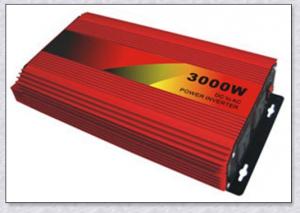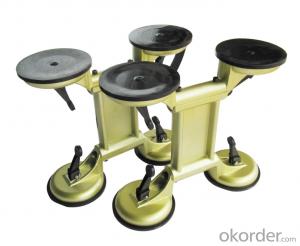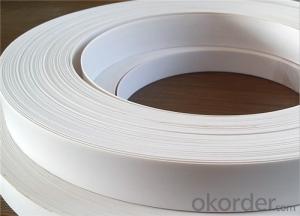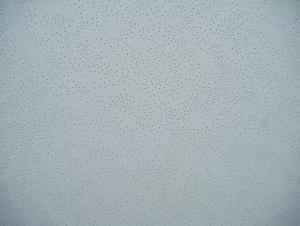Solar Edge Inverter Uk
Solar Edge Inverter Uk Related Searches
Fault Light On Solar Inverter Best Solar Inverter On Grid Dc Inverter Ac On Solar Panel Inverter On Solar Panel Best Solar Grid Tie Inverter Inverter Ac On Solar Power Solar System Grid Tie Inverter Grid Tie Inverter Solar Panel On Off Grid Solar Inverter Solar Hybrid Inverter On GridHot Searches
Solar Edge Inverter For Sale Fiberglass Scaffolding For Sale Fiberglass Panels For Sale Fiberglass Greenhouses For Sale Type Of Scaffolding With Pdf Solar Inverter With 2 Battery Pedestal Fan With Water Spray Price Mini Inverter With Battery Online Shopping Solar Edge Inverter Price Ceiling Fan Lowest Price Solar Edge Inverter Sizes Solar Inverter On Grid Price Solar Grid Inverter Price Solar Inverter On/Off Grid Scaffolding Sales Uk Scaffolding Manufacturers Uk Hotel Furniture Suppliers Uk Textilene Fabric Suppliers Uk Medical Equipment Suppliers Uk Melamine Faced Chipboard Suppliers UkSolar Edge Inverter Uk Supplier & Manufacturer from China
Okorder.com is a professional Solar Edge Inverter Uk supplier & manufacturer, offers integrated one-stop services including real-time quoting and online cargo tracking. We are funded by CNBM Group, a Fortune 500 enterprise and the largest Solar Edge Inverter Uk firm in China.Hot Products
FAQ
- A grid-tied solar inverter functions by converting the direct current (DC) generated by solar panels into alternating current (AC) that can be used to power appliances and feed back into the electrical grid. It synchronizes the AC power output with the grid's frequency and voltage, allowing excess electricity produced by the solar panels to be sent back to the grid, earning credits or reducing the homeowner's energy bill. It also ensures the system's safety by monitoring grid conditions and automatically shutting down during power outages.
- A solar inverter handles varying solar irradiance levels by continuously monitoring the incoming solar power and adjusting its output accordingly. It employs a maximum power point tracking (MPPT) algorithm that optimizes the energy conversion from the solar panels to the desired AC power output. When solar irradiance levels fluctuate, the inverter dynamically adapts to ensure the maximum power is extracted from the solar panels. This allows for efficient energy conversion and maximum utilization of the available solar power.
- Surge protection is crucial in a solar inverter as it safeguards the system against voltage spikes or power surges. These surges can occur due to lightning strikes, grid fluctuations, or other electrical disturbances, and can potentially damage the sensitive electronics in the inverter. Surge protection devices divert excessive voltage away from the solar inverter, preventing costly damage and ensuring the efficient and uninterrupted operation of the solar power system.
- The role of a remote monitoring system in a solar inverter is to allow for real-time monitoring and management of the solar power generation and inverter performance from a remote location. It provides valuable insights into the system's efficiency, troubleshooting capabilities, and helps ensure optimal performance and timely maintenance. Additionally, a remote monitoring system allows for data analysis, performance tracking, and can facilitate predictive maintenance to maximize the overall efficiency and longevity of the solar inverter system.
- Yes, a solar inverter can be used with solar-powered desalination systems. Solar inverters are essential components in solar power systems as they convert the direct current (DC) electricity generated by solar panels into alternating current (AC) electricity that can be used to power various devices, including desalination systems. By connecting the solar panels to a solar inverter, the generated solar energy can be efficiently utilized to power the desalination system, making it a sustainable and environmentally friendly solution for producing fresh water.
- The role of a surge protector in a solar inverter is to safeguard the inverter and connected electrical equipment from voltage spikes and power surges that can occur due to lightning strikes, grid fluctuations, or other electrical disturbances. It helps to prevent damage to the inverter and ensures the stability and longevity of the solar power system.
- Yes, it is possible to use a solar inverter in areas where there is a high accumulation of dust and dirt. However, it is important to take specific precautions and maintenance measures to guarantee its proper operation. Over time, dust and dirt can build up on the surface of the solar panels, causing a decrease in their efficiency. This can also have an impact on the performance of the solar inverter, as it relies on the energy produced by the solar panels. To minimize the impact of dust and dirt, it is essential to regularly clean the solar panels. This can be accomplished by using a gentle brush or sponge along with a mild detergent mixed with water. It is important to avoid using abrasive materials or applying excessive water pressure, as this may cause damage to the panels. Additionally, installing the solar panels at an angle and orienting them towards the sun can aid in reducing the accumulation of dust and dirt. Furthermore, some solar inverters are designed with built-in protection against dust and dirt. These inverters typically have IP65 or higher ratings, which indicates that they are dust-resistant and capable of withstanding water jets. Opting for such inverters can provide an extra layer of protection against the negative effects of dust and dirt accumulation. Overall, while it is possible to use a solar inverter in areas with high dust and dirt accumulation, regular maintenance and proper cleaning of the solar panels are crucial to ensure optimal performance and longevity of the system.
- A solar inverter handles voltage and frequency variations caused by load shedding by constantly monitoring the grid conditions. When it detects a drop in voltage or frequency, it adjusts its output parameters accordingly to maintain a stable supply of electricity to the connected loads. This ensures that the devices receiving power from the solar inverter are not affected by the fluctuations in the grid caused by load shedding.














































